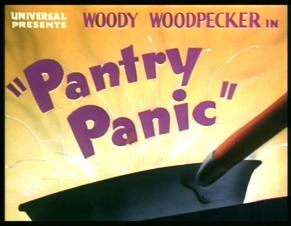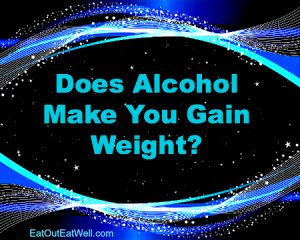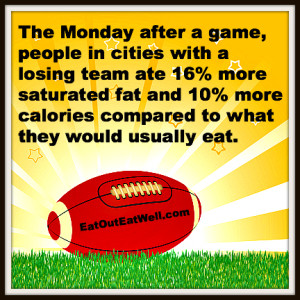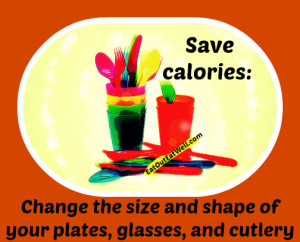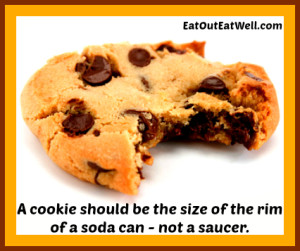Summer is over. Soon many of us will be stocking our kitchens with Halloween candy and then enough Thanksgiving food to feed hordes of Pilgrims. It might be time to take stock of what’s leftover from the lazy days of summer eating.
Are there leftovers from your Labor Day barbecue, a random piece of birthday cake, ice cream containers with just a little bit left, an open bag of mini chocolate chips in case you decide to bake some cookies? Do you really need the gigantic box of cereal from Costco or the two extra jars of peanut butter that were on sale? Do you have some mini candy bars tucked in the corner of your desk?
Hey, we’re all guilty of storing food in preparation for the next blackout or surprise onslaught of family. The problem is that the extra food is not conducive to managing anyone’s weight. Why? Because usually if it’s there, someone will eventually eat it, whether they’re hungry or not. And, usually the kind of food that’s hanging around isn’t picked fresh from the garden – most likely it’s processed and/or fatty, salty and sweet.
The Kitchen Cleanse
Take a look in your fridge, your cupboards, your desk, and kitchen drawers. What’s in there? Why did you buy it and when? Do you really need it – or does it call your name when you really don’t want to eat but can’t escape the pull of the food that’s all too available.
You might want think about what prompts you to buy large quantities of food that tempts you and that you really don’t need to eat. Knowing why you buy is key to developing some good shopping habits. Doing a “cleanse” of your cupboards, the fridge, and drawers to get rid of what tempts you is a good way to prevent gorging — or even nibbling — on hundreds of excess and probably unhealthy calories. Remember: See It = Eat It.
